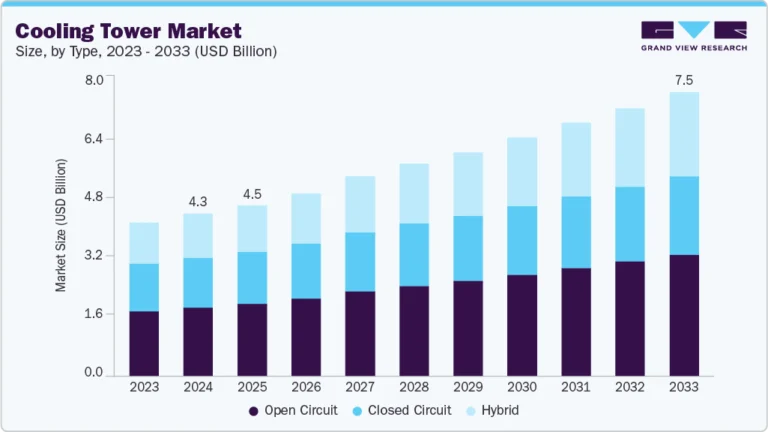Microcontroller Socket Market Size, Share & Trends Analysis growing at a CAGR of 5.2% from 2025 to 2030

The global microcontroller socket market size was valued at USD 1.47 billion in 2024 and is projected to grow at a CAGR of 5.2% from 2025 to 2030. The extensive use of microcontrollers and integrated circuits in modern industries to ensure smooth operations and the development of reliable and high-efficiency products is expected to aid industry expansion. The increasing application of microcontrollers in the communication, automobile, and industrial sectors has boosted the growth of the package market in recent years. Microcontrollers are installed in electronic devices and control various critical operations they perform, helping in the seamless management of these devices. Technological advancements and increasing demand from key industries have compelled manufacturers to focus on quality, innovation, and sustainability to remain competitive. As the demand for smarter, more connected devices continues to grow, the role of microcontroller sockets is anticipated to become increasingly vital.
Request a free sample copy or view report summary: https://www.grandviewresearch.com/industry-analysis/microcontroller-socket-market/request/rs1
Growing sales of electronic devices have highlighted the importance of microcontrollers in this ecosystem, as they are responsible for handling crucial processes and carrying out multiple functions. As devices such as smartphones, wearables, gaming consoles, smart home devices, and laptops witness a steady increase in adoption, further technological innovations have become necessary to optimize device functionality and provide a competitive advantage to manufacturers. This has resulted in a constant need for the efficient integration of microcontrollers, leading to the use of sockets that can seamlessly address the complexities of modern electronic devices. Moreover, advances in edge computing and embedded systems due to trends such as Industry 4.0 and the emergence of the Internet of Things (IoT) are expected to aid market growth in the coming years. Improvements in microcontroller socket designs can ensure their optimal support for high-performance capabilities and lower power consumption. This helps bring reliability and durability across various applications, improving operations.
The industry has witnessed the emergence of various key trends due to advancements in technology, evolving market demands, and optimized design practices, leading to frequent developments. For instance, the increasing compactness of electronic devices has led to a rapidly growing demand for smaller microcontroller packages, including BGAs and chip-scale packages. This has led to the development of smaller sockets supporting such designs. Modular socket designs are becoming very popular among manufacturers, allowing for easy upgrades and replacements without redesigning the entire PCB. This flexibility is particularly important in prototyping and development environments. Additionally, sockets that can ensure improved thermal management have also witnessed increased production, as they can ensure reliable operation under heavy loads. Market players are increasingly considering these parameters during the design and development of their products, leading to the launch of advanced solutions.
Product Insights
The DIP segment accounted for the largest revenue share of 34.2% in 2024 and is anticipated to maintain its leading position during the forecast period. The rapid growth of the consumer electronics industry and the use of integrated circuits across sectors such as automotive and healthcare have driven the demand for dual in-line package (DIP) technology. DIP sockets are suitable for various applications as they offer a reliable and simple method of connecting microcontrollers to PCBs (printed circuit boards) and other components. Additionally, reduced costs of manufacturing and fabrication of DIP microcontrollers and increasing demand for smaller, thinner, and less expensive device packaging solutions are expected to maintain a steady demand for these products in the coming years.
The BGA segment is expected to register the fastest CAGR over the forecast period. A ball grid array (BGA) microcontroller socket is a specialized component that enables the easy installation and removal of microcontrollers that use a BGA package. These packages consist of a grid of solder balls on the underside of the chip, which are used for electrical connections to the circuit board. The socket generally consists of corresponding pads where the solder balls of the BGA microcontroller make contact, allowing for a reliable electrical connection without soldering directly to the printed circuit board (PCB). This helps developers to prototype or replace microcontrollers without requiring reflow soldering, which can be beneficial for testing and debugging. Since the microcontroller can be easily inserted and removed, it can help reduce wear on the chip and the PCB, prolonging the life of both these components. Manufacturers are designing BGA sockets with thermal considerations, which aids in effective heat dissipation and better performance.






